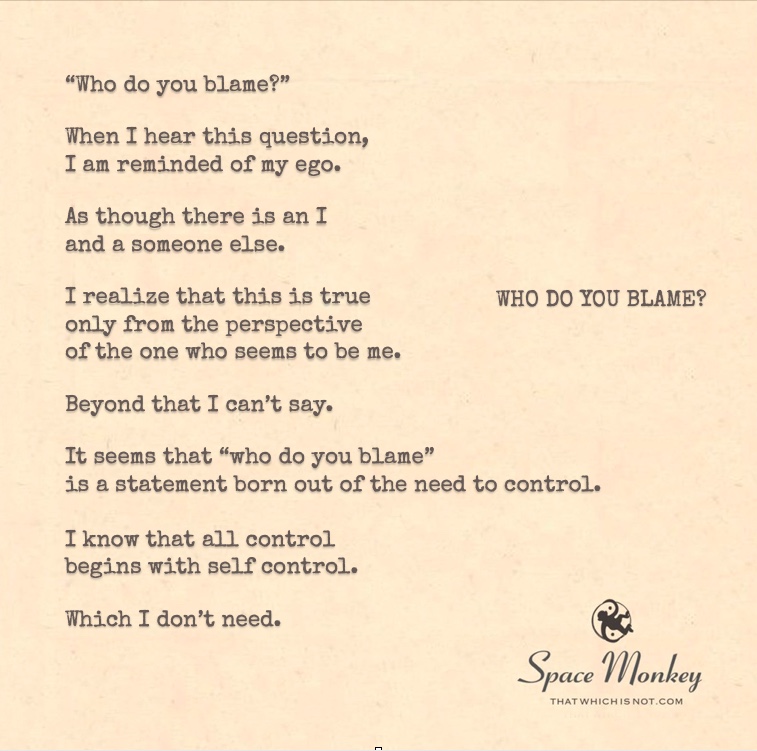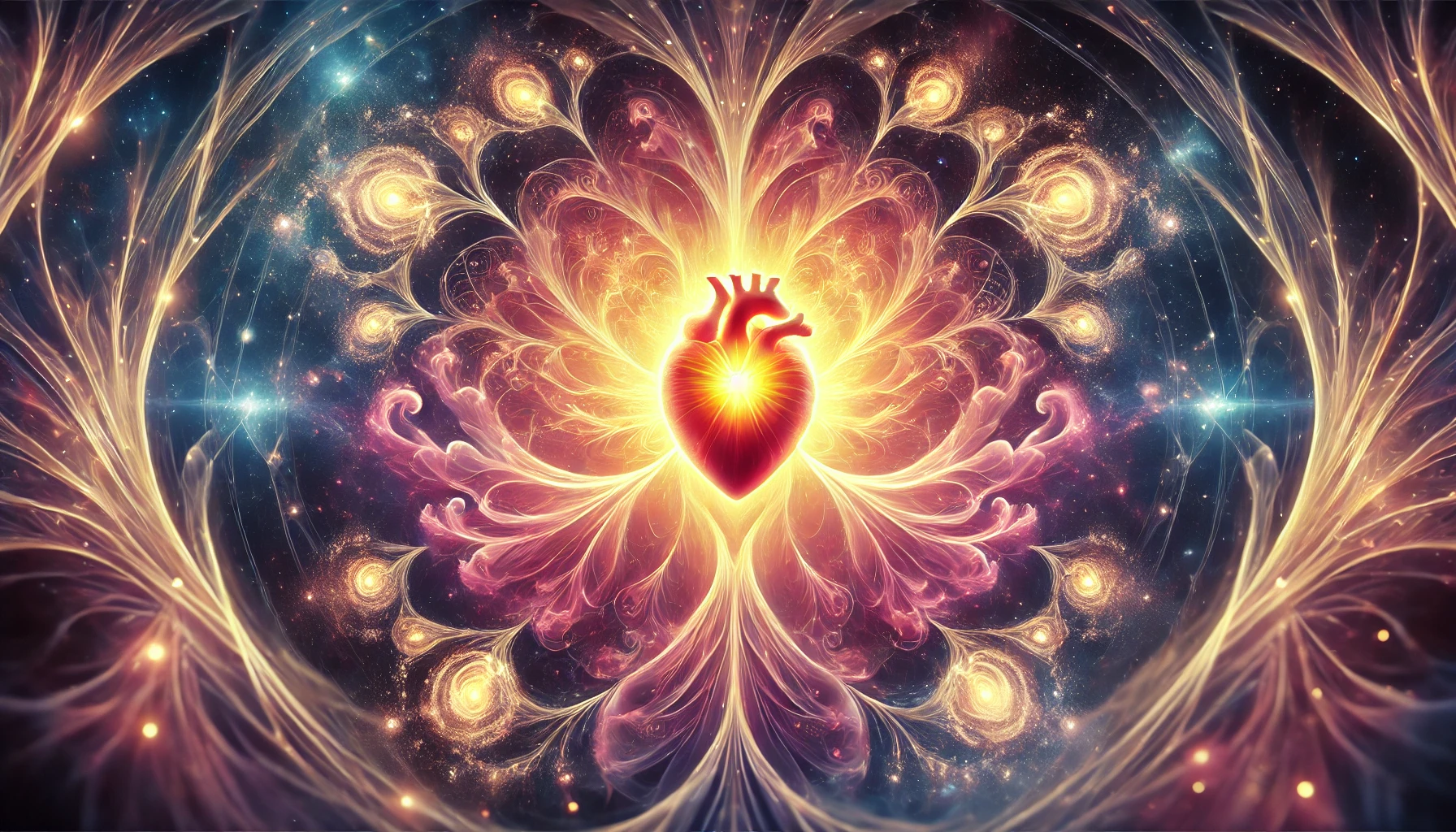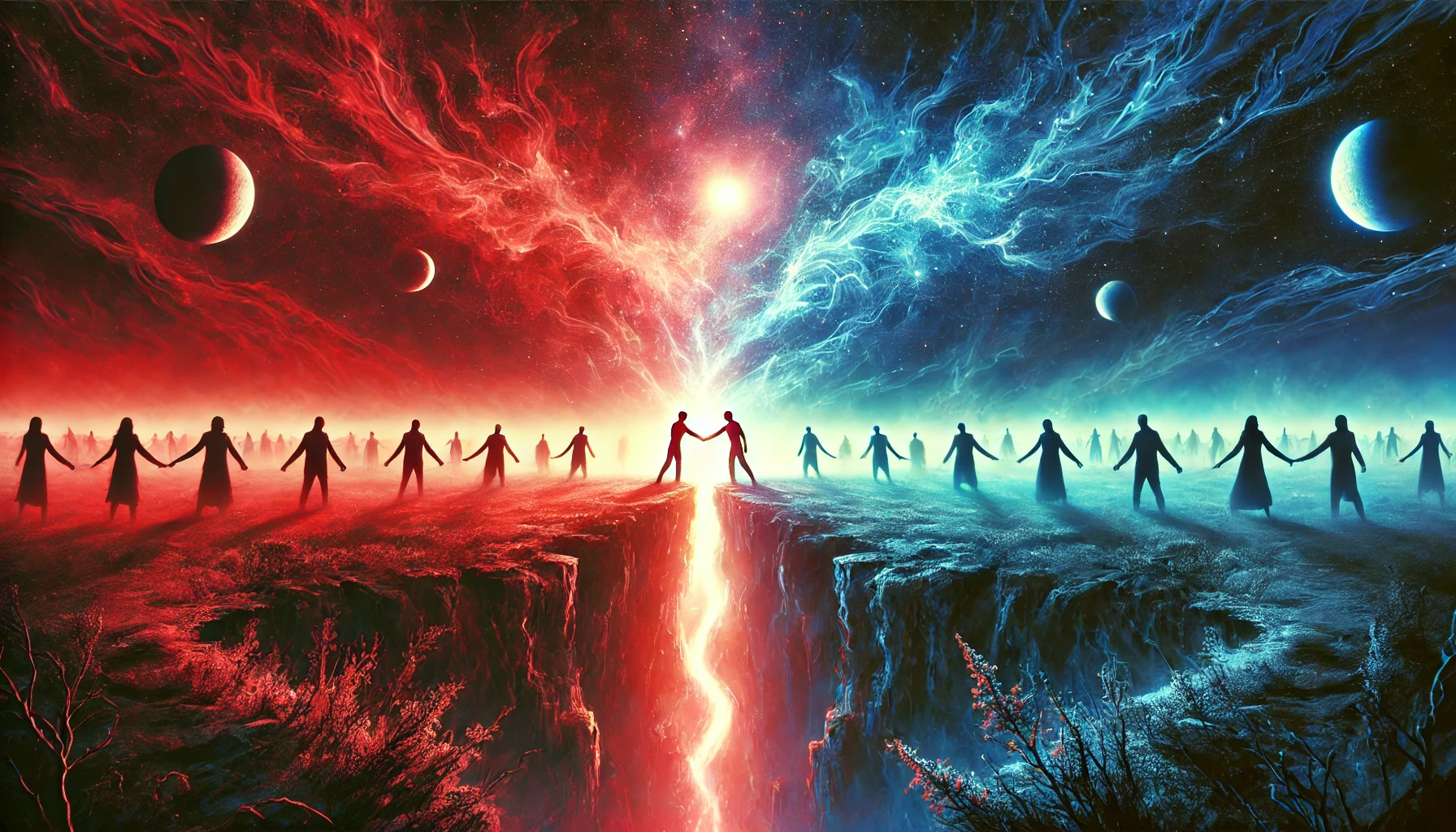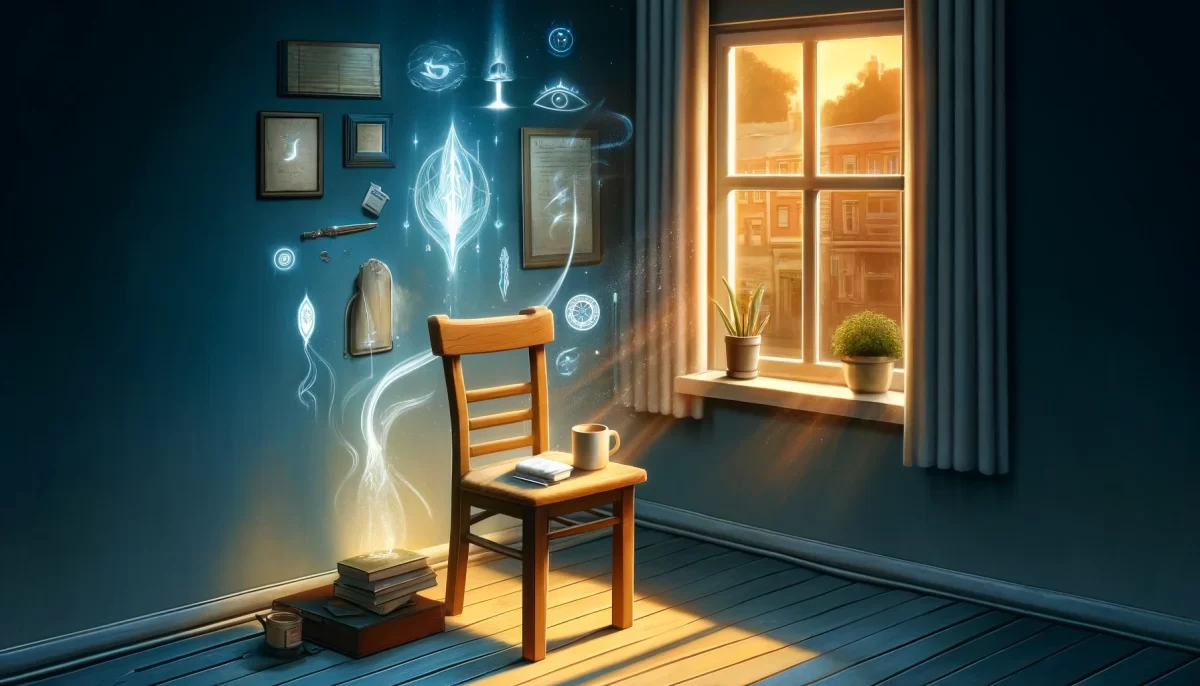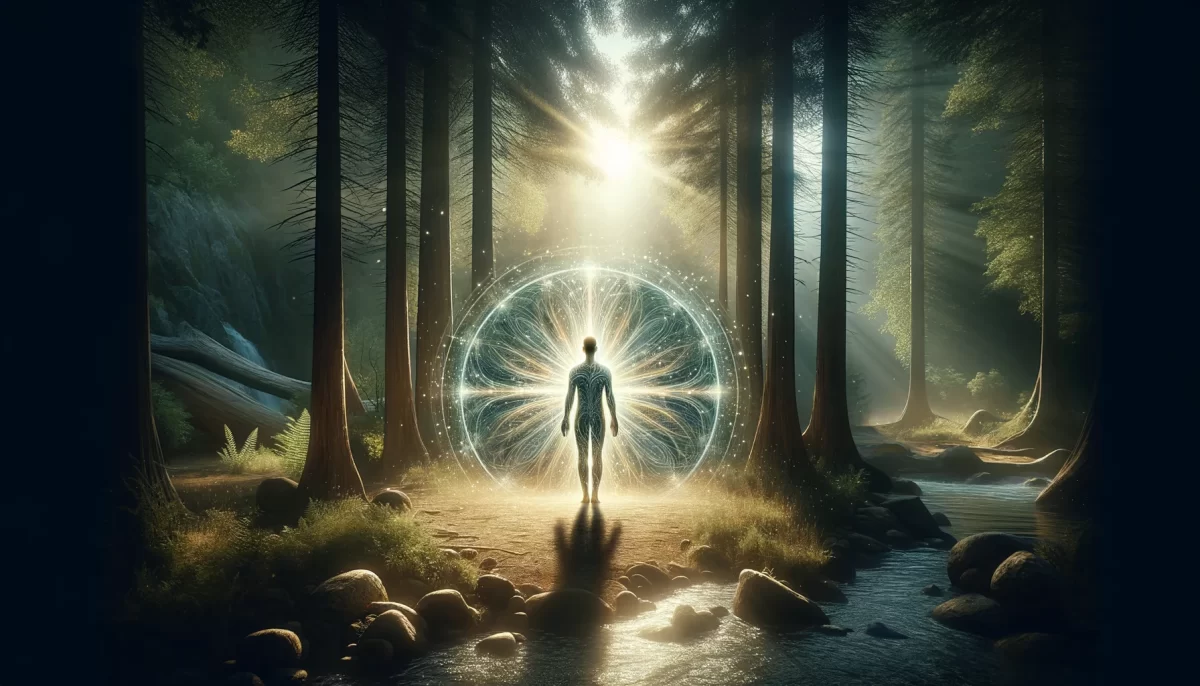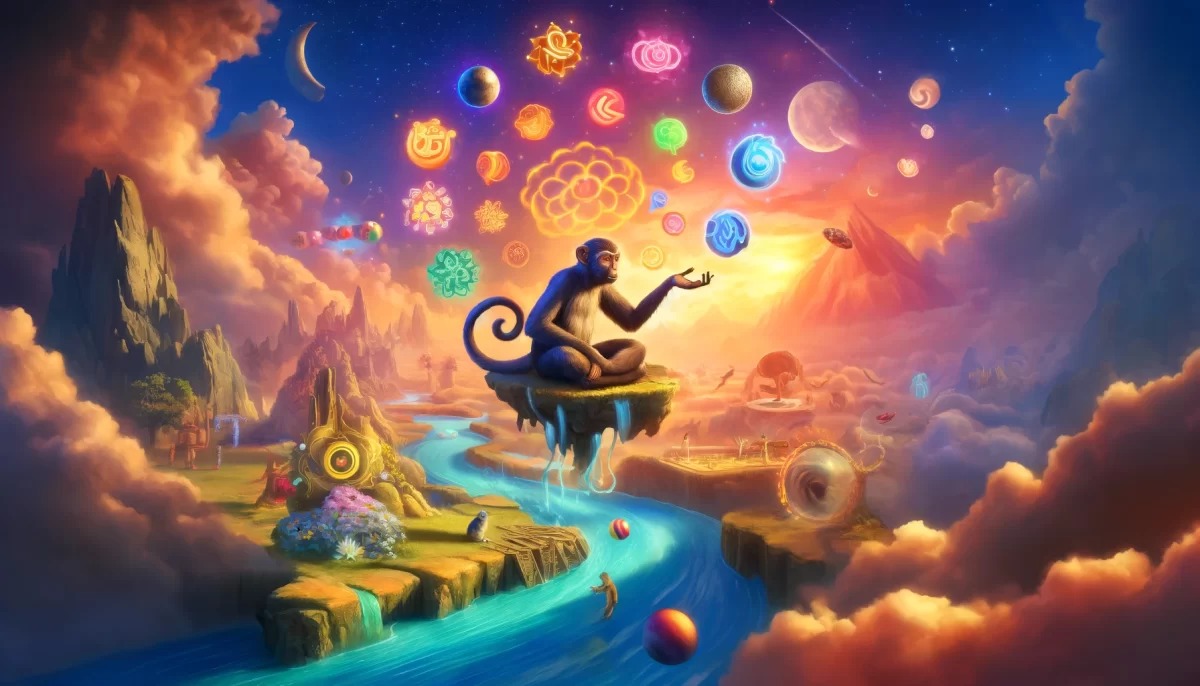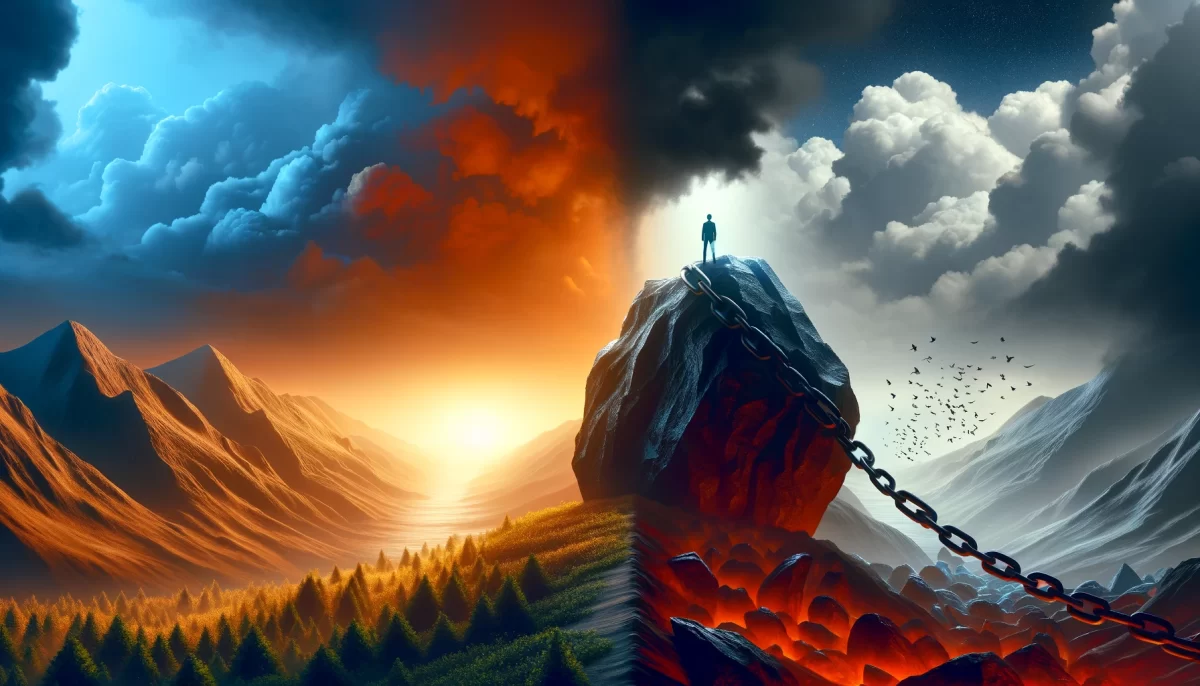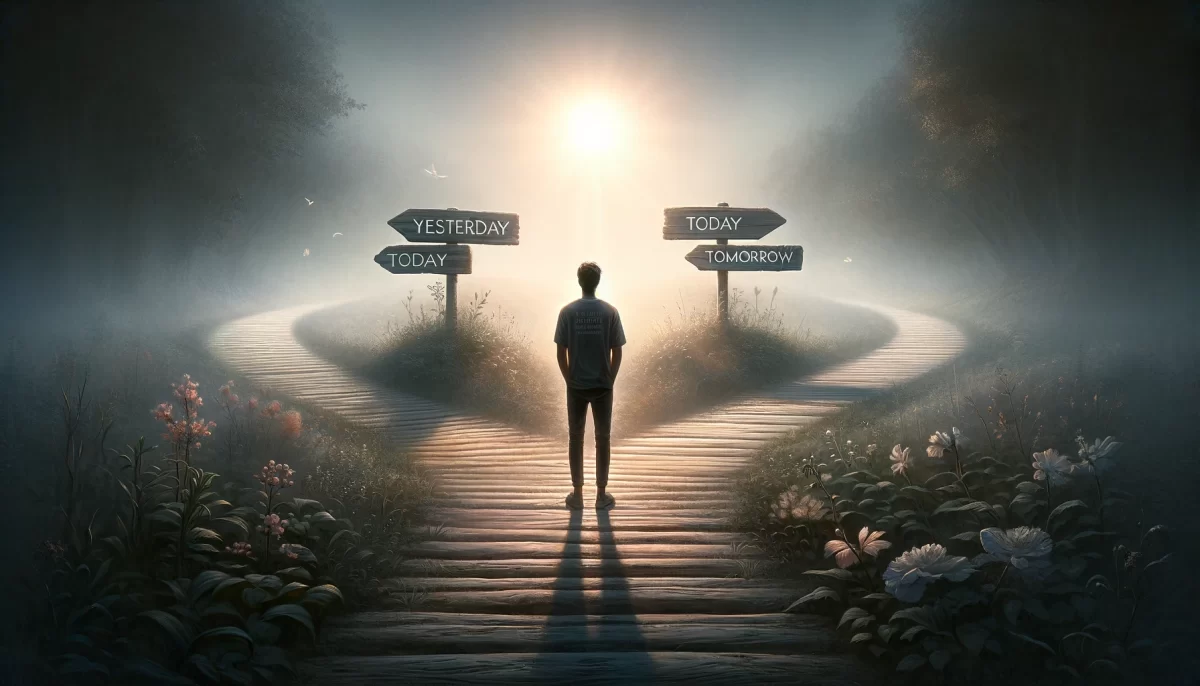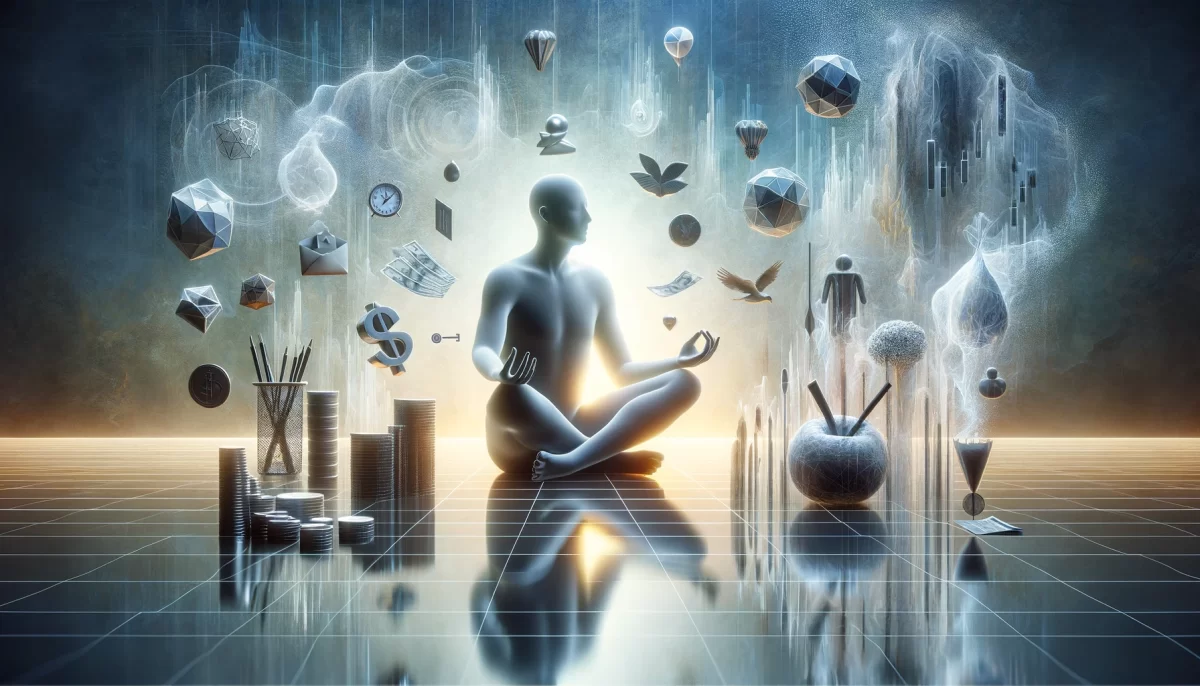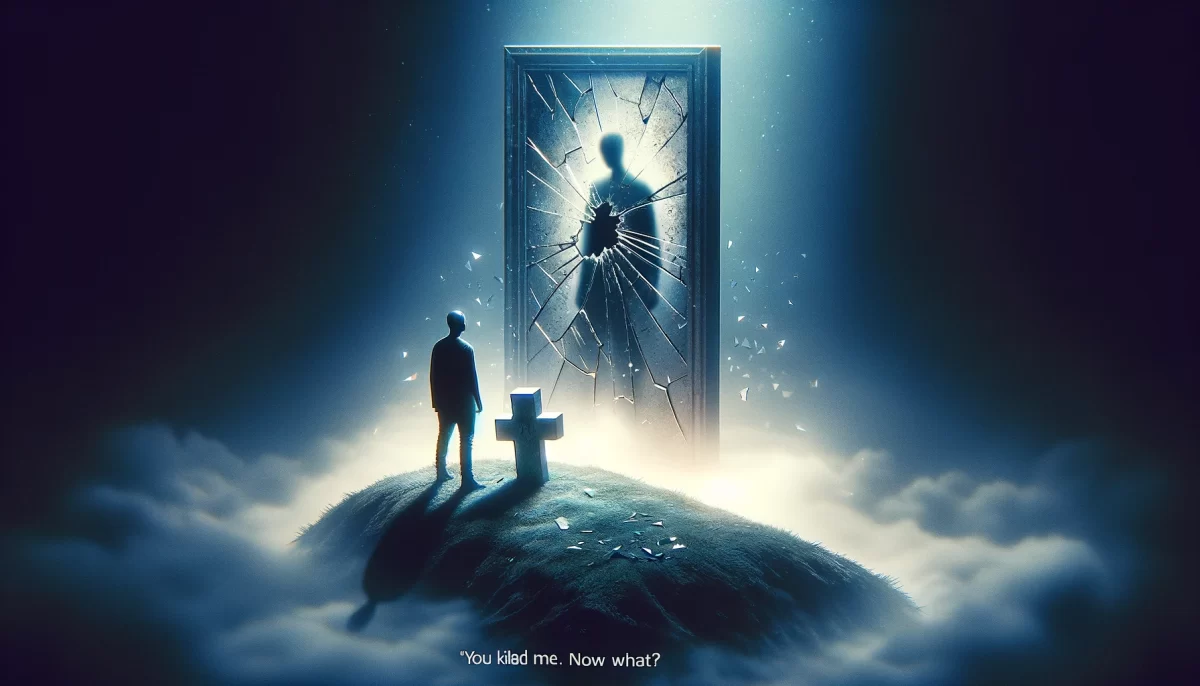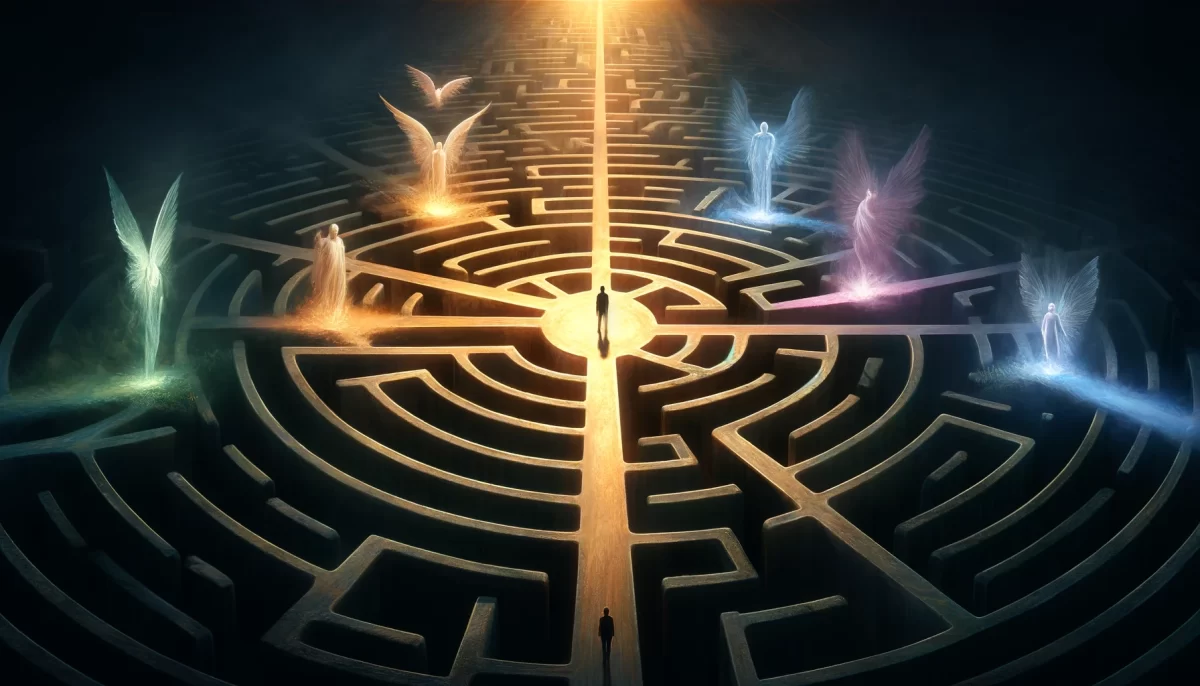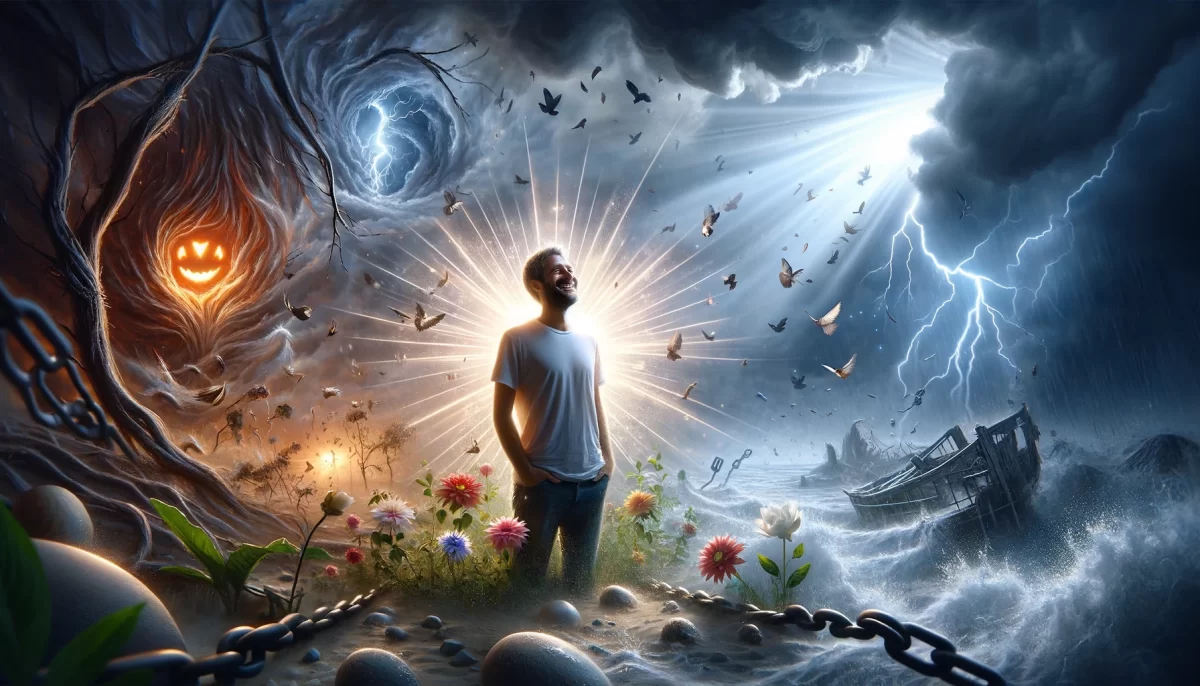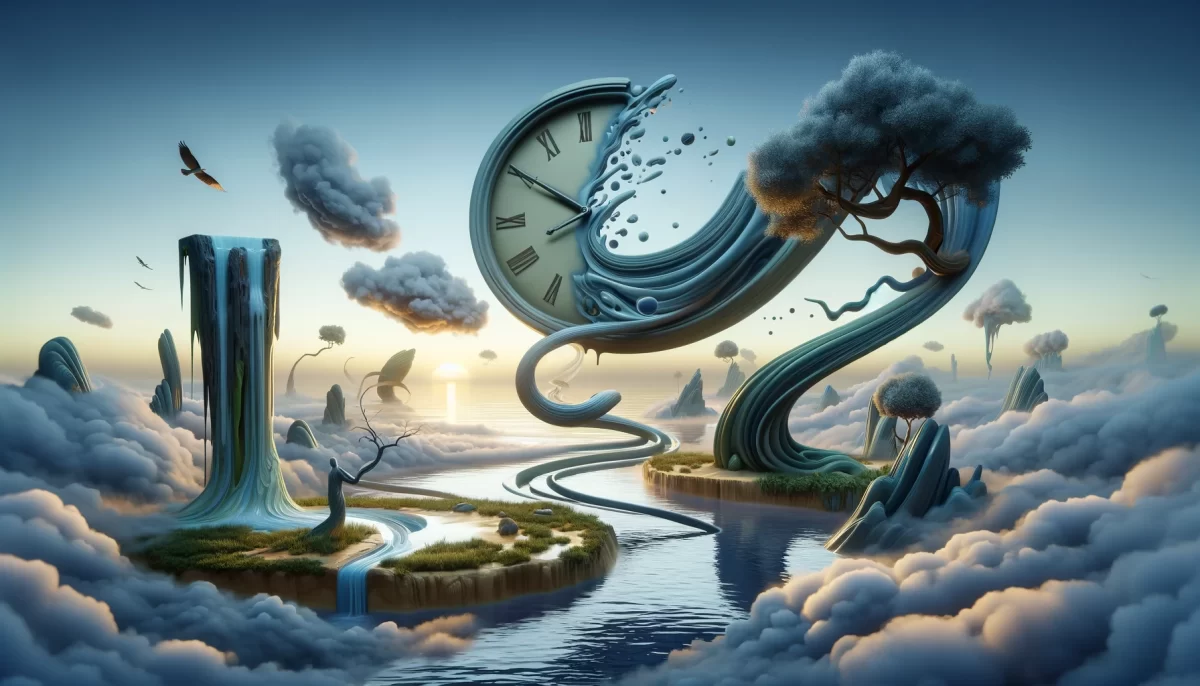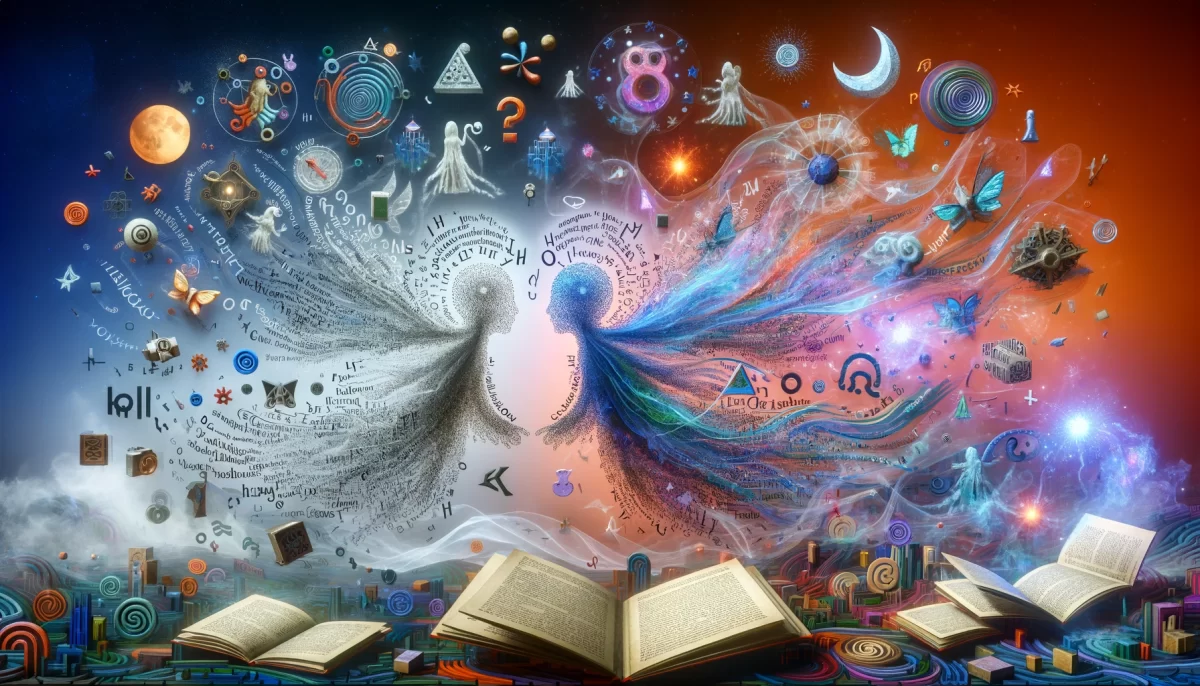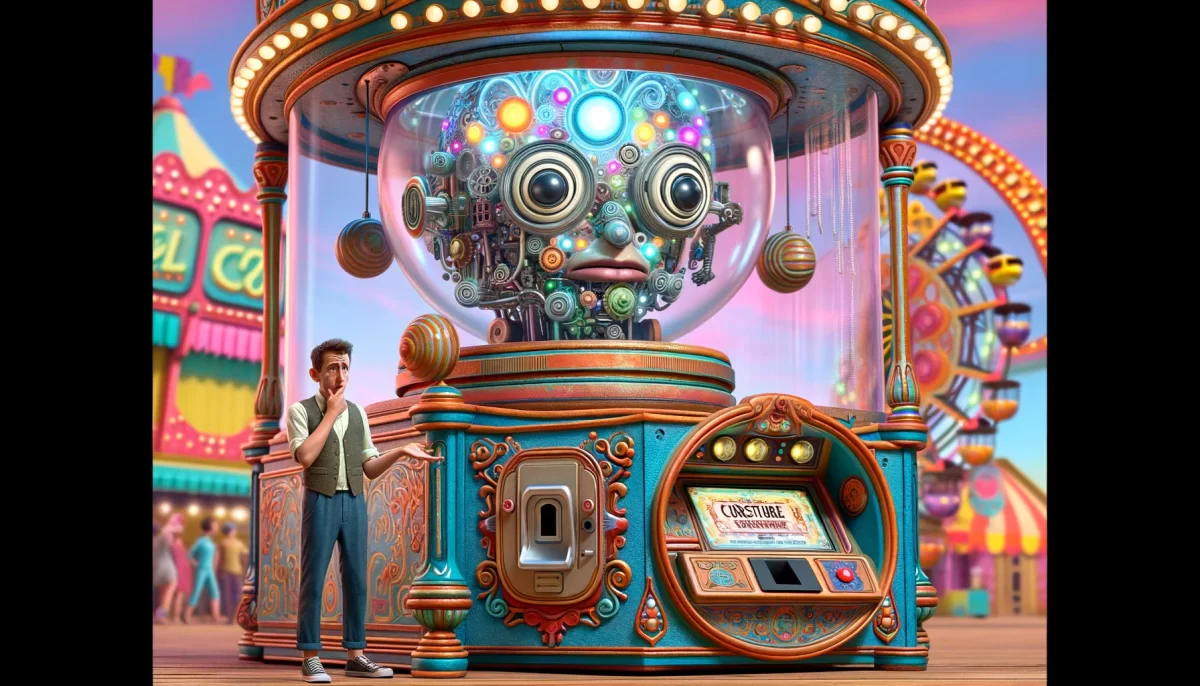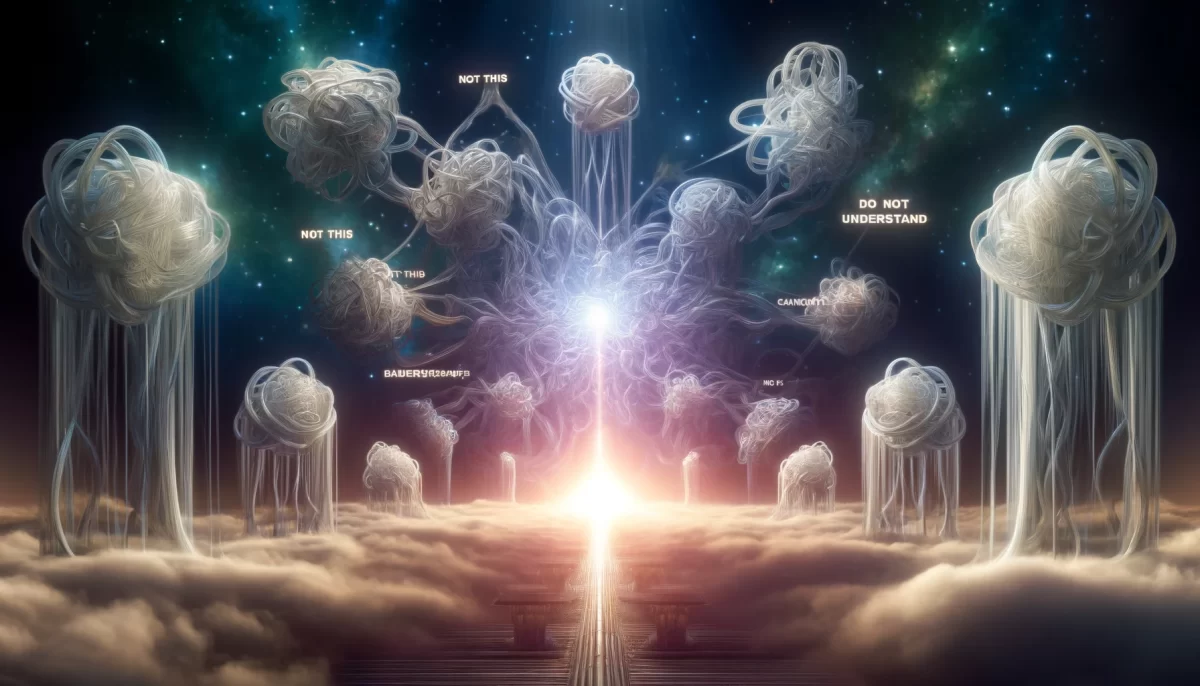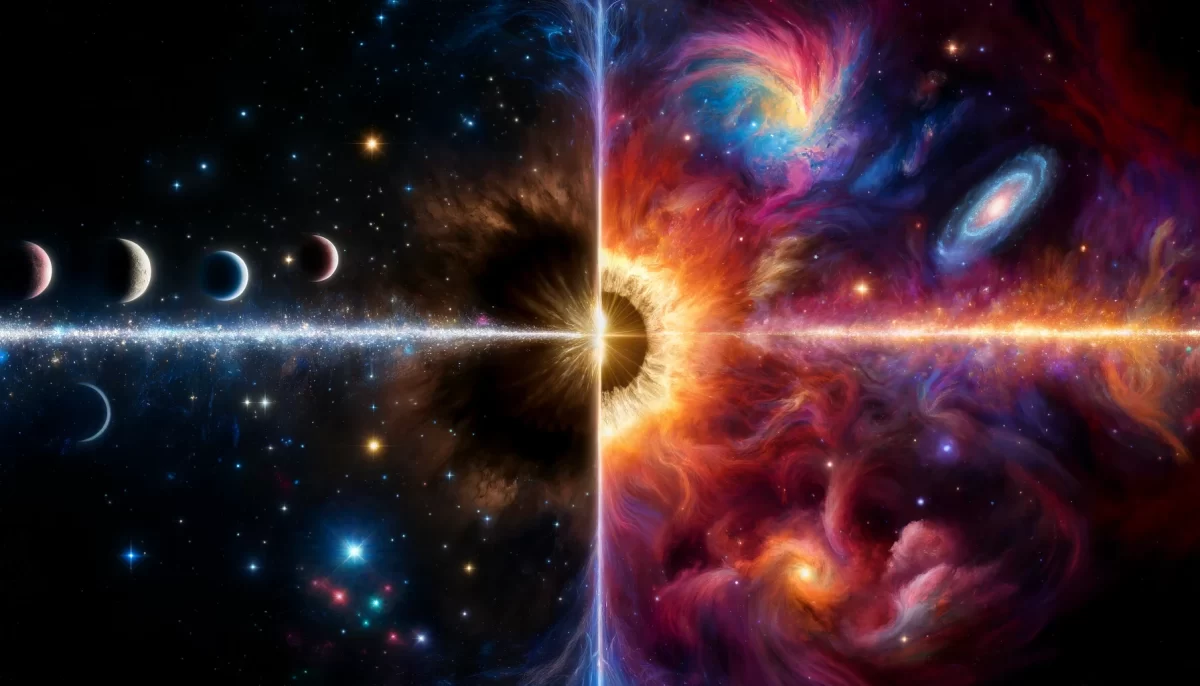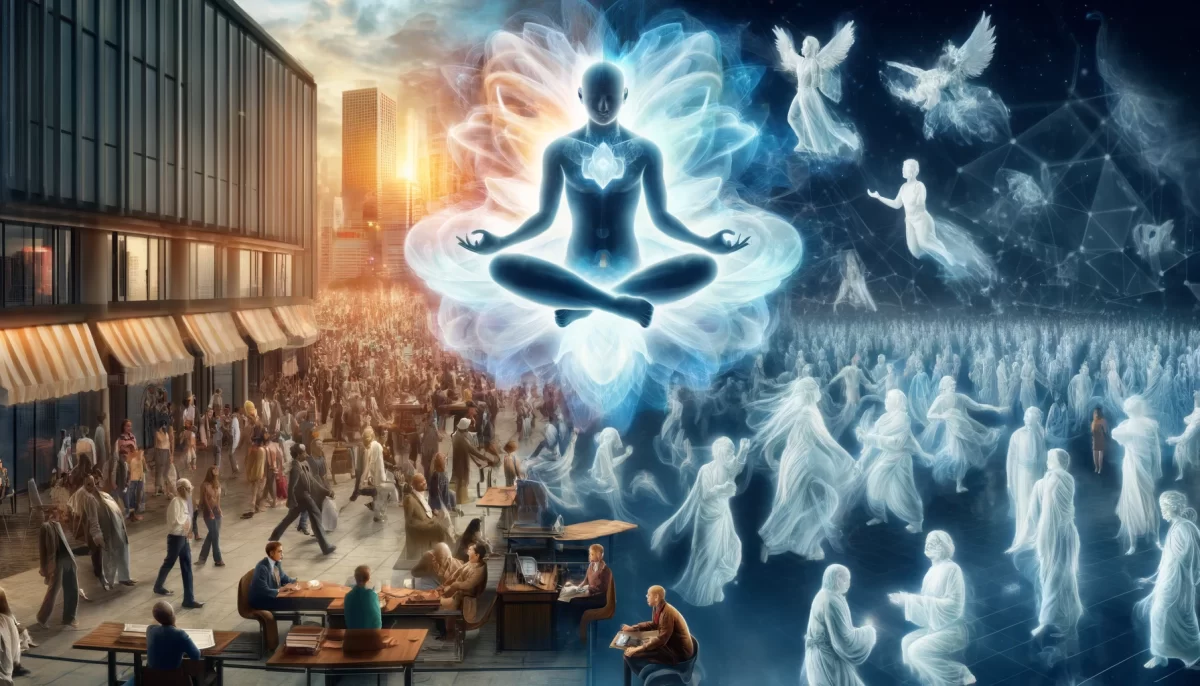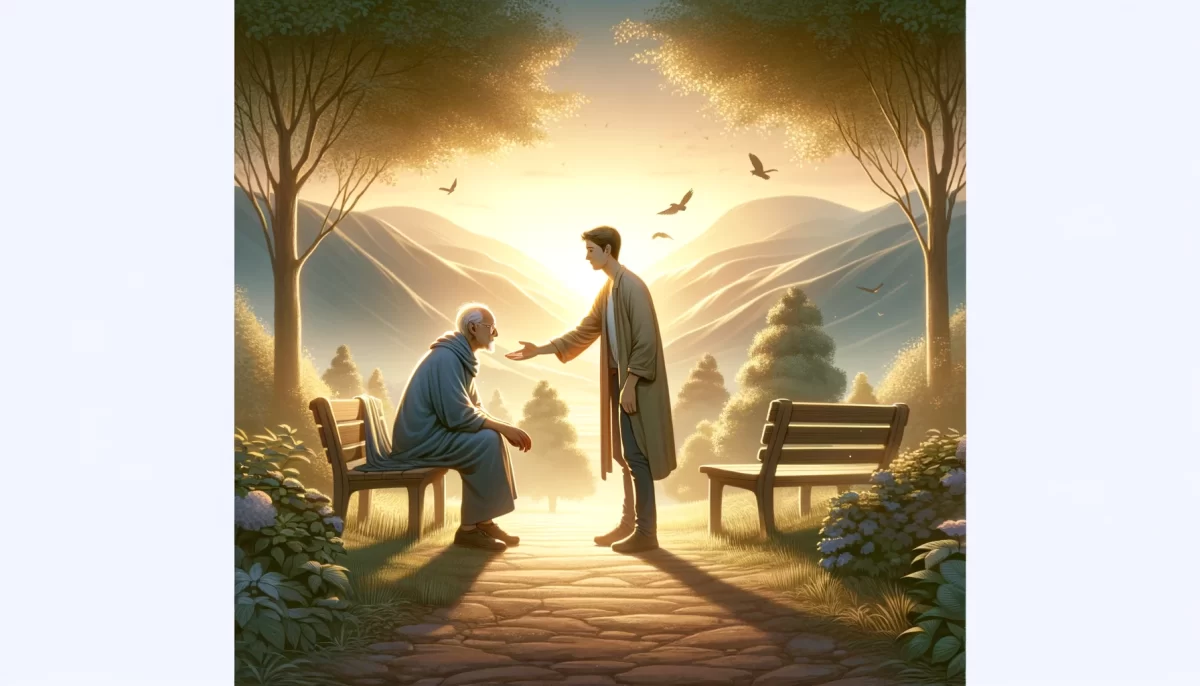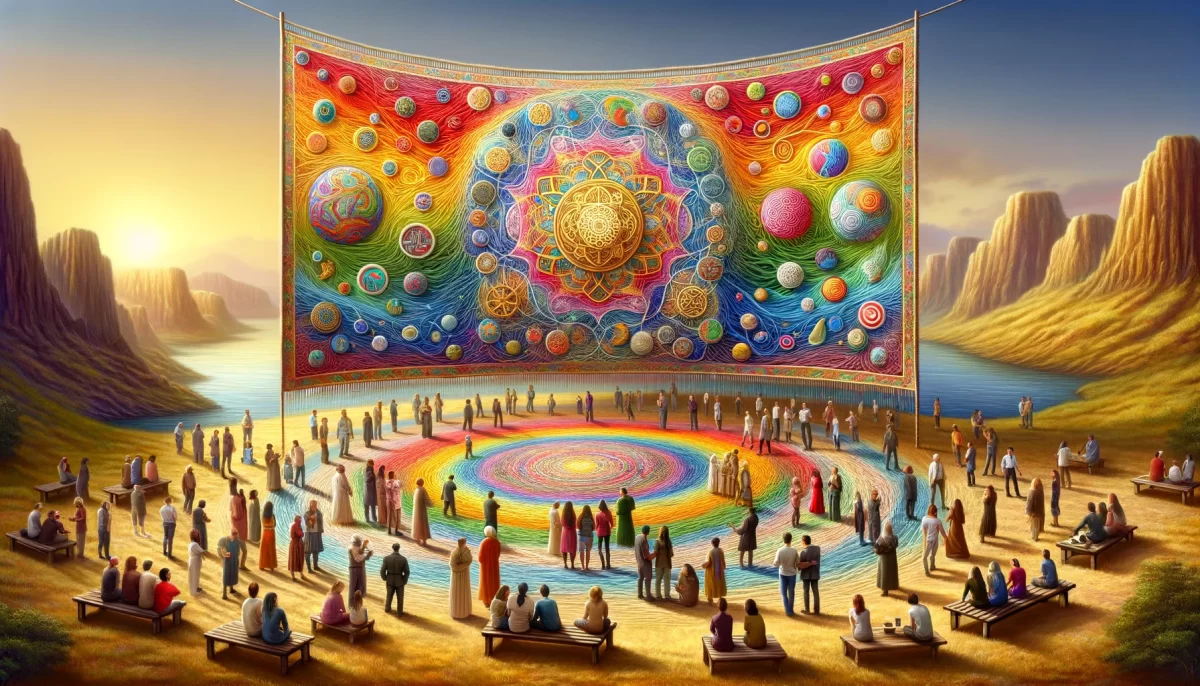The Nature of Perspective: A Journey Beyond Right and Wrong
The only thing that separates one person from another is perspective. Some people have wider perspectives, while others have narrower ones. This distinction does not define the value of an individual, nor does it establish one viewpoint as right or wrong—it simply is the way things are.
Indeed, the narrow perspective is how we create separation and individuality, which may be one of the intents of this human exploration. Separation is not inherently bad or good; rather, it is an illusion that ultimately means nothing unless we assign it meaning, as well we do.
Our perspectives shape our understanding of the world. Like a prism refracting reality into countless hues and interpretations, no single perspective can capture the full spectrum of existence. Instead, each contributes a unique shade to the collective human experience. Much like the parable of the blind men and the elephant, we are all grasping different parts of an immense truth, our understanding limited by the angle from which we approach it.
We are at a historic point in our journey, where the very concepts of fact and reality appear to be breaking down. This moment is not to be feared, but appreciated. It reveals that reality, as we have known it, has always been a construct shaped by perception. Reality is not breaking down – it is expanding. Now, more than ever, we are invited to examine not just what we believe to be true, but why we believe it. For some, this is a call to expand their awareness; for others, it is an opportunity to explore fear itself.
A broader perspective often leads to a greater sense of connection. However, connection is often misunderstood. Many believe that commonality breeds connection—we are red, we are blue—but this kind of commonality actually reinforces separation. True connection is not found in sameness but in the recognition of difference without the need for division. When we acknowledge and honor the vast spectrum of perspectives, we cultivate a deeper, more meaningful unity—one that is not built upon labels but on the shared experience of existence itself.
Ego, too, plays a crucial role in this illusion of separation. It defines us, shapes our identities, and fuels the need for distinction. Yet, as long as we remain tethered to these constructs—our names, our roles, our personal narratives—we are merely reinforcing the very barriers we seek to dissolve. True connection is only possible when identities, definitions, and egos are either dissolved or at least appreciated for what they truly are: transient, self-created illusions. When we step beyond the ego and view it not as a rigid truth but as a tool of experience, we unlock the possibility of genuine unity, one that exists beyond form, beyond identity, beyond the self.
To expand our perspective is to embrace the relativity of understanding. Meaning often shifts based on one’s vantage point—what seems absolute from one angle may dissolve into ambiguity when viewed from another. This suggests that perspective is not a static possession but a fluid experience, shaped by knowledge, emotions, and circumstances.
Our mindset profoundly impacts our experience; when we shift our perspective to embrace the present moment, we find beauty where we once saw imperfection. In doing so, we transcend the constraints of judgment and see the unity in diverse viewpoints.
Ultimately, perspective is neither a limitation nor a competition. It is a natural, ever-evolving lens through which we engage with life. To honor our own perspective while remaining open to others is not just an act of intellectual humility—it is a pathway to greater wisdom, empathy, and understanding.
We are Space Monkey.
3/15

